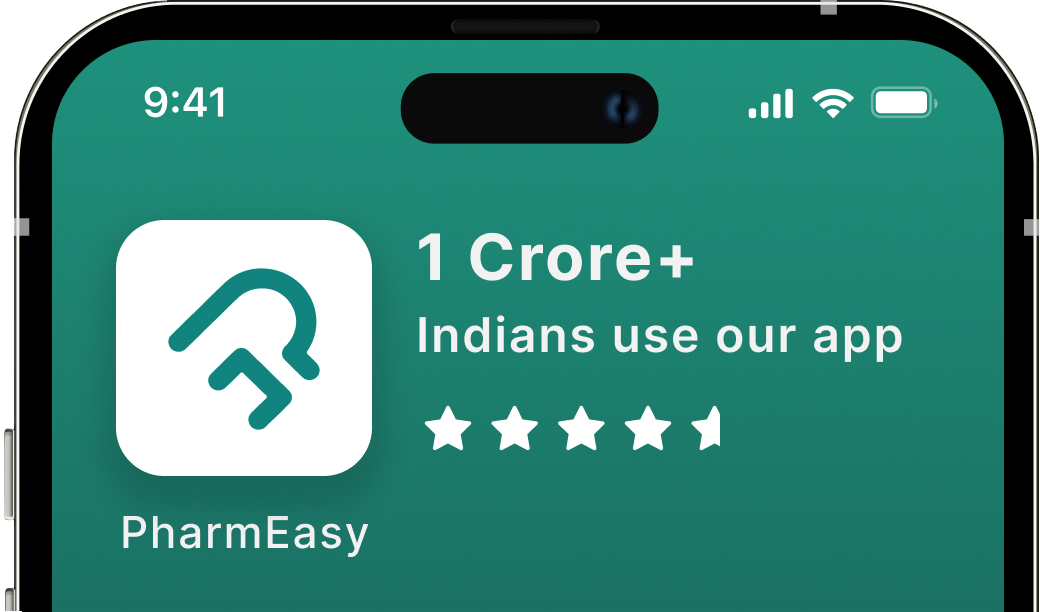Toor Dal: Uses, Benefits, Side Effects & More!
By Dr. Malavika Athavale +2 more

Get,

to manage your symptom
Get your,


4 Cr+ families
benefitted

OTP sent to 9988776655



You’ve successfully subscribed to receive
doctor-approved tips on
Whatsapp

Get ready to feel your best.

Hi There,
Download the PharmEasy App now!!


Register to Avail the Offer
Send OTPBy continuing, you agree with our Privacy Policy and Terms and Conditions

Hi There,
Sign up on PharmEasy now!!
Trusted by 4 crore+ families

OTP sent to 9988776655



You have unlocked 25% off on medicines




Code: NU25
By Dr. Malavika Athavale +2 more
Table of Contents
Toor dal or pigeon peas is a common legume found in Indian kitchens. It is known by many different names in different parts of India, such as Arhar dal in Hindi, Adhaki in Sanskrit, and Tur in Bengali. This dal is rich in essential nutrients and said to have several health benefits. It is a great source of proteins and fibres while being low in calories1. Thus, Toor dal forms an important component of Indian cooking and is a staple food particularly among vegetarians in India.
In this blog, we will discuss the nutritional value, potential health benefits and side effects of Toor dal. We’ll also share how this dal can be included as a healthy option in a delicious yet balanced meal.

Toor dal is rich in the nutrients given below2:
Toor dal is rich in protein that might help avoid type 2 diabetes. It is found that in patients with diabetes, regular intake of Toor dal may help lower their blood sugar levels3.
Toor dal may also help regulate blood cholesterol. It may show a decrease in total cholesterol and LDL (bad cholesterol) due to its antioxidant activity and high fibre content3.
While the information on its antidiabetic and hypolipidemic effects requires more human trials, it seems to be a healthy natural way to improve your blood sugar and cholesterol levels. Yet, it is advisable to speak to your concerned doctors before incorporating Toor dal in your routine especially if you have any medical issues.
Over the years, I have observed that water extract of Toor dal may have a potential in improving systolic and diastolic blood pressure in spontaneously hypertensive rats. It is believed that certain components in these extracts may have a beneficial effect on blood pressure regulation11.
Dr. Rajeev Singh, BAMS
The anti-inflammatory activity of Toor dal may help to reduce inflammation in the wounded tissue and activate tissue formation. Thus, it potentially helps in the re-modelling of tissues4,5.
Some studies6 have shown that extract of Toor dal leaves can have protective effects on the liver. It can help in fighting jaundice and alcohol-induced liver damage5.
Due to its high fibre and protein and low-calorie content, it can keep you full for longer and avoid cravings. Moreover, it affects gastric and pancreatic enzyme secretion that can help supporting your weight loss efforts7.
The leaves of Toor dal consist of a component called chalcone. Chalcone is an active compound that may have anti-malarial benefits. Also, as Toor dal is rich in iron and protein, it can help deal with anaemia and tissue damage caused by malaria8. However, remember these conditions should be diagnosed and treated by a doctor. Natural remedies must only be used as an adjunct and never replace medical treatment.
Toor dal (the seeds), its flowers, and leaves can be used to prepare tea that might help for soothing inflammation and blood disorders. Toor dal tea made using its flower may be helpful for upper respiratory infections and pain. Toor dal is also said to have antimicrobial properties, so its tea using leaves may help to overcome yellow fever, cough, fever, urinary tract infections, and ulcers5.
Although studies show the benefits of Toor dal in different health conditions, there is a need for further studies to establish the true extent of its the benefits on human health. Furthermore, every person may respond differently to these herbs. Therefore, it is important to consult a doctor before using Toor dal for any medical condition.
Based on my experience, I have found that toor dal, known for its hepatoprotective function, has the potential to up-regulate and counteract the inflammatory process in the liver. This potential mechanism could help minimize liver damage, delay disease progression, and reduce complications11.
Dr. Smita Barode, B.A.M.S, M.S.
Also Read: Chayote: Uses, Benefits, Side Effects & More
Toor dal can be cooked and consumed with cereals for a wholesome meal. It can be made into a soup or used as Toor dal flour for added taste. Toor dal leaves can be used to make tea which can have potential health benefits as discussed above. Moreover, toot dal leaves can be ground to make a paste and used as topical application for its antimicrobial and inflammatory properties. However, remember to consume in moderate quantities. It is advisable to consult your doctor before taking Toor dal more than food dosage. Your doctor will examine you thoroughly and advise you on the dose and form accordingly.
In addition, we recommend you do not replace or discontinue your ongoing medications with any ayurvedic or herbal preparations without seeking the medical advice of a doctor.
Also Read: Moong Dal: Uses, Benefits, Side Effects and More!
Usually, Toor dal consumption in moderate quantities in diet is safe. Yet, individuals may respond differently and some side effects may occur in some. These include:
Care should be taken, especially by pregnant women and lactating mothers while taking Toor dal. Also, extra caution should be taken while giving it to children and elderly individuals.
If you notice any reactions after consumption in any form or its topical application, seek immediate medical attention. Consult your physician; they will be able to identify the cause and treat it effectively.
In my experience, I have come across cases where Toor dal has been used as a remedy for controlling sickle cell anaemia. It is believed that Toor dal may help in managing the sickling of red blood cells in individuals with sickle cell disease11.
Dr. Siddharth Gupta, B.A.M.S, M.D (Ayu)
Toor dal is a common food item used in Indian cooking. Toor dal is rich in nutrients and is said to have potential benefits for regulating blood sugar and cholesterol levels, weight management and anti-inflammatory and antimicrobial properties. But remember, it may have side effects in some individuals. As it is loaded with protein, people with digestive disorders or other medical conditions must exercise precaution while consuming it in excess. Consult a doctor before consuming Toor dal in more than food quantity. Although in ayurvedic practises, Toor dal is used for several conditions, however, medical treatment is the cornerstone to treat these and home remedies like Toor dal should only be used as adjunct.
Also Read: Urad Dal: Uses, Benefits, Side Effects, and More!
Yes, soaking toor dal helps to reduce the cooking time. It requires soaking of at least 24 hours for best results.
Toor dal soup or curry is a very good source of fibre, protein and carbohydrates.
Toor dal consists of a class of carbohydrates called oligosaccharides that is difficult to digest. So, it may cause flatulence when consumed in excess.
Fresh juice or boiled Toor dal leaves have a laxative property. Therefore, fresh juice of Toor dal leaves could be used to treat constipation. Consult a doctor before using Toor dal for its laxative effects.
Disclaimer:The information provided here is for educational/awareness purposes only and is not intended to be a substitute for medical treatment by a healthcare professional and should not be relied upon to diagnose or treat any medical condition. The reader should consult a registered medical practitioner to determine the appropriateness of the information and before consuming any medication. PharmEasy does not provide any guarantee or warranty (express or implied) regarding the accuracy, adequacy, completeness, legality, reliability or usefulness of the information; and disclaims any liability arising thereof.
Comments

Leave your comment...
You may also like
Comments